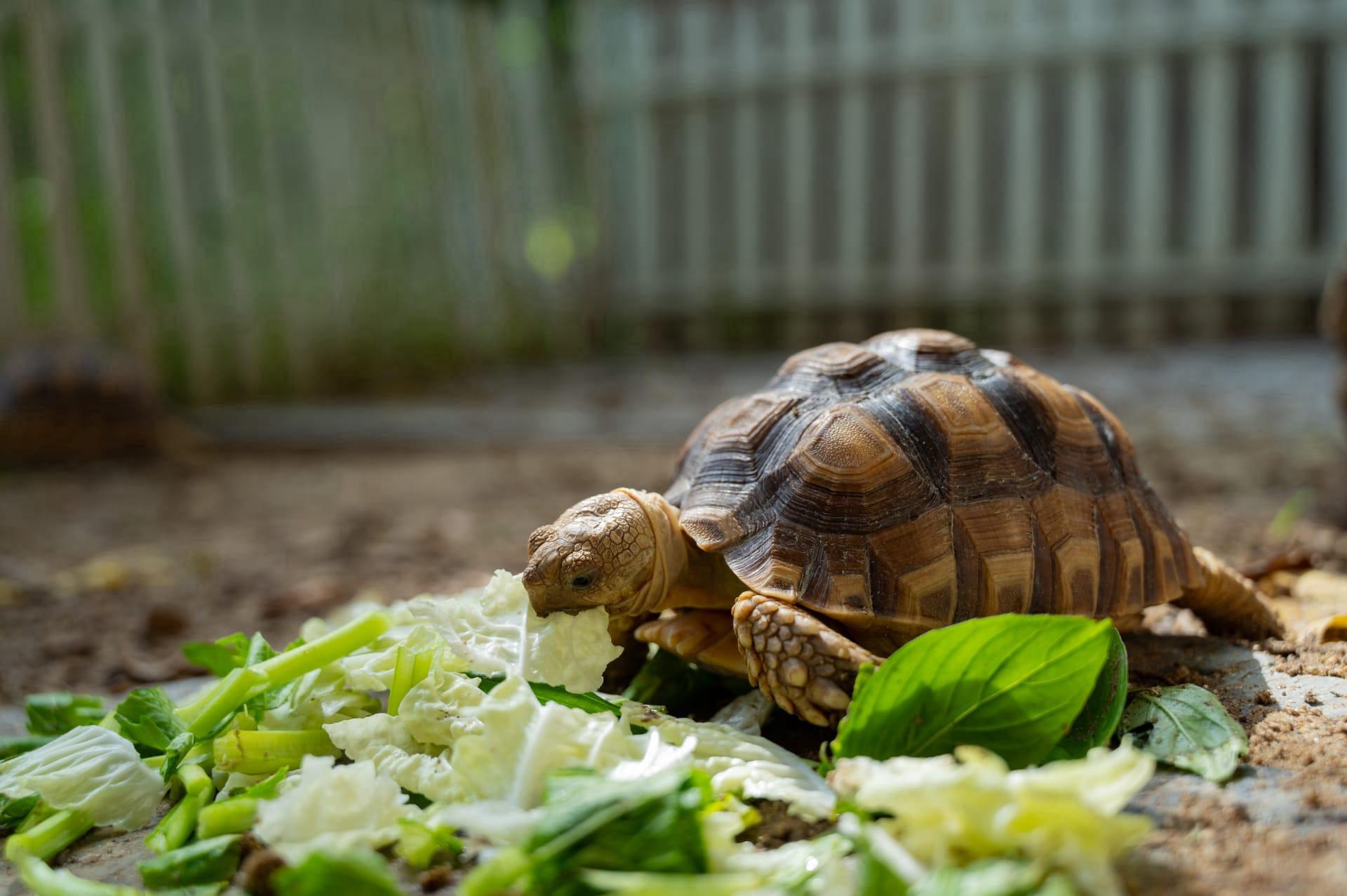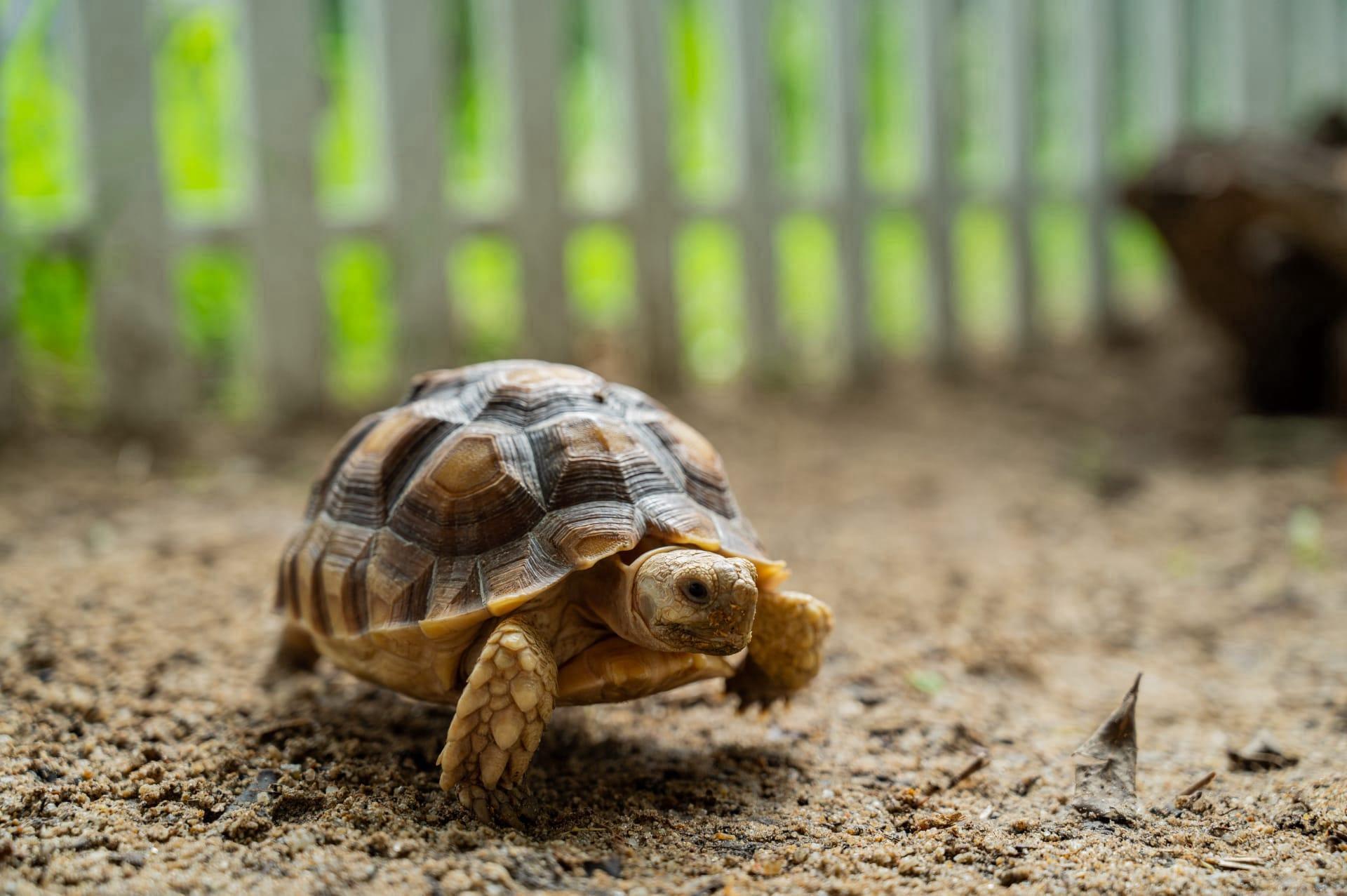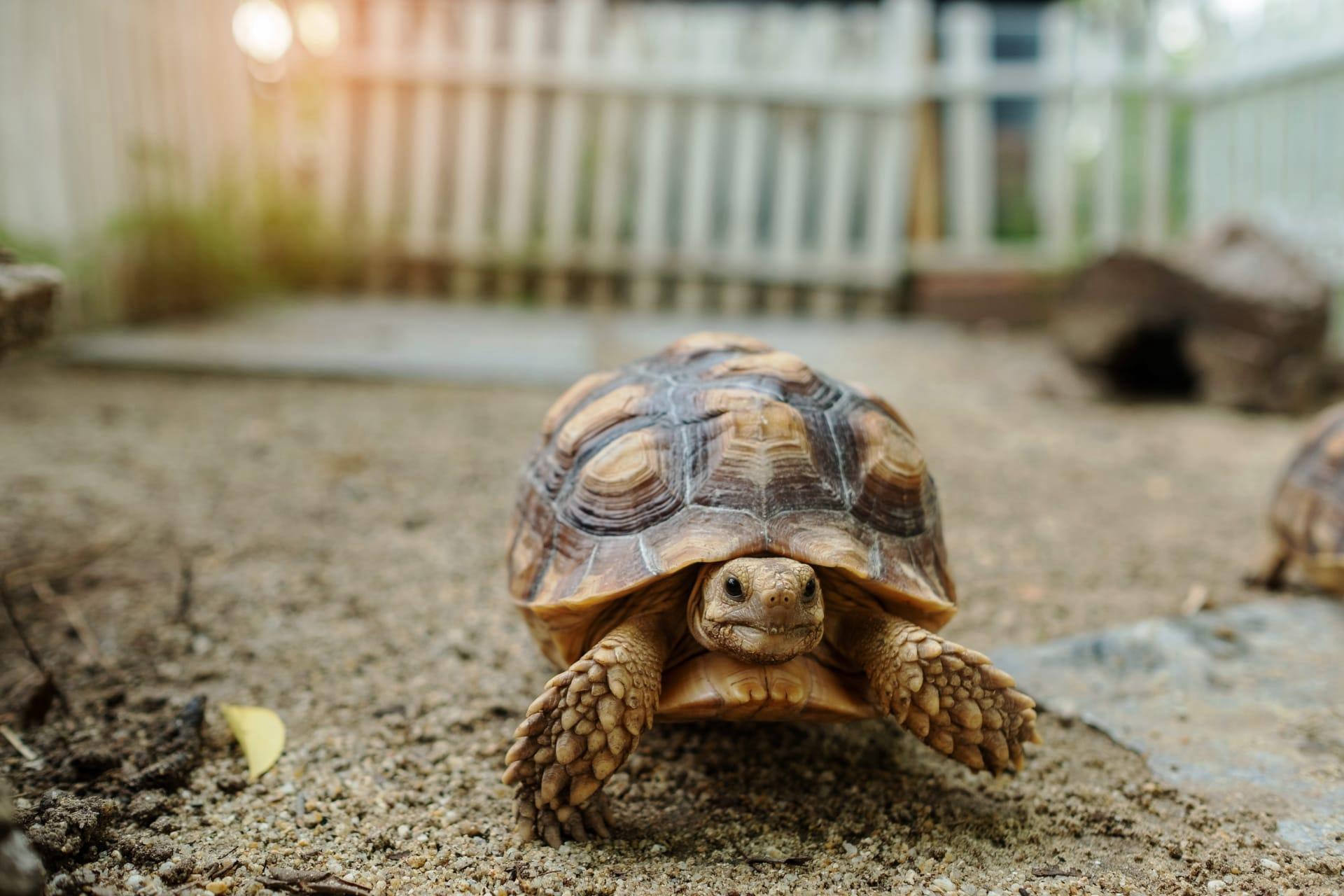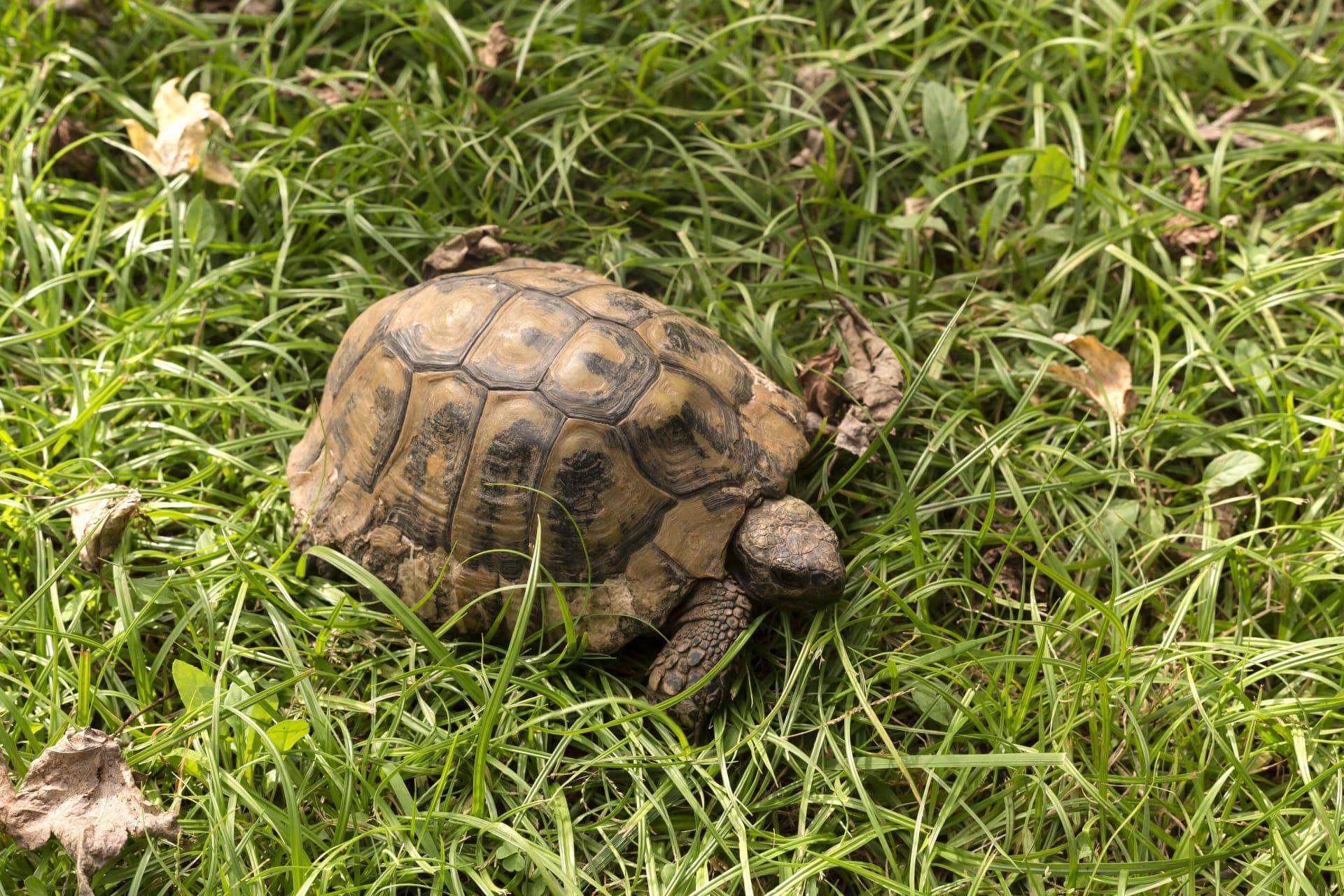European Land Tortoise Trivia
- Home /
- Trivia Question /
- Animal /
- European Land Tortoise Trivia
1
Question: What distinguishes the shell of a European Land Tortoise from other tortoises?
Answer: The European Land Tortoise's shell is unique due to its high-domed shape, which is more pronounced than in many other species. This shell can measure up to 30 centimeters (12 inches) in length. Additionally, the growth rings on each scute (shell scale) are not only distinctive markers of age but also tell a story about the tortoise's life, like periods of good or poor nutrition.
Question: How long can European Land Tortoises live, and what factors contribute to their longevity?
Answer: These tortoises are known for their impressive lifespan, often living over 100 years. Factors contributing to their longevity include a slow metabolism, a herbivorous diet that’s low in fat and high in fiber, and a generally sedentary lifestyle. Genetics and environmental conditions also play crucial roles. In captivity, with optimal care, they can even surpass their usual lifespan.

2
Question: Is it true that European Land Tortoises can survive without water for long periods?
Answer: Yes, but this is a bit of a misconception. While they can survive for weeks without direct water intake, they obtain moisture from their diet of leafy greens and vegetables. However, they do need access to water for hydration and health, especially in hot climates.
Question: Do European Land Tortoises hibernate, and if so, how do they do it?
Answer: Yes, European Land Tortoises do hibernate. They typically hibernate for 3 to 6 months, depending on the climate. During this period, they dig burrows or find a sheltered spot to slow down their metabolism drastically. This hibernation helps them conserve energy and survive the colder months when food is scarce.

3
Question: What is the primary diet of a European Land Tortoise, and how does it impact their health?
Answer: The European Land Tortoise is primarily herbivorous, feasting on a variety of leafy greens, flowers, and some fruits. Their diet is high in fiber and low in protein, which is crucial for their digestive health and shell development. An inappropriate diet can lead to health issues like shell deformities and nutritional deficiencies.
Question: Can European Land Tortoises exhibit social behaviors, and how do they interact?
Answer: While generally solitary, European Land Tortoises can show social behaviors, especially during mating season. They communicate through body language and, during mating, males can be quite vocal. They may also interact socially when in groups, establishing a hierarchy, usually with larger, older tortoises being more dominant.

4
Question: How do European Land Tortoises adapt to different environments, and what are their habitat preferences?
Answer: European Land Tortoises are adaptable to various environments, though they prefer Mediterranean-type climates with mild, wet winters and hot, dry summers. They thrive in habitats with abundant vegetation for food and shaded areas for cooling. They are capable of burrowing, which helps regulate their body temperature and offers protection.
Question: What are some common health issues in European Land Tortoises, and how can they be prevented?
Answer: Common health issues include respiratory infections, shell rot, and metabolic bone disease. Prevention focuses on providing a proper diet, sufficient UV light exposure for vitamin D synthesis, and maintaining a clean, suitable habitat. Regular health check-ups are also essential to catch and treat any issues early.

5
Question: How does the reproductive process of European Land Tortoises work, and what are their nesting behaviors?
Answer: Mating usually occurs in the spring, and females lay eggs a few weeks later. They dig nests in the ground to lay between 1 to 12 eggs, which they cover with soil for protection. The incubation period ranges from 8 to 14 weeks, depending on temperature and humidity. Hatchlings are independent from birth, digging their way out of the nest.
Question: What conservation status does the European Land Tortoise hold, and what are the primary threats to its survival?
Answer: Many European Land Tortoise species are listed as vulnerable or endangered due to habitat loss, climate change, and illegal poaching for the pet trade. Conservation efforts include habitat protection, legal protection, and breeding programs. Public awareness and responsible pet ownership are also crucial for their survival.